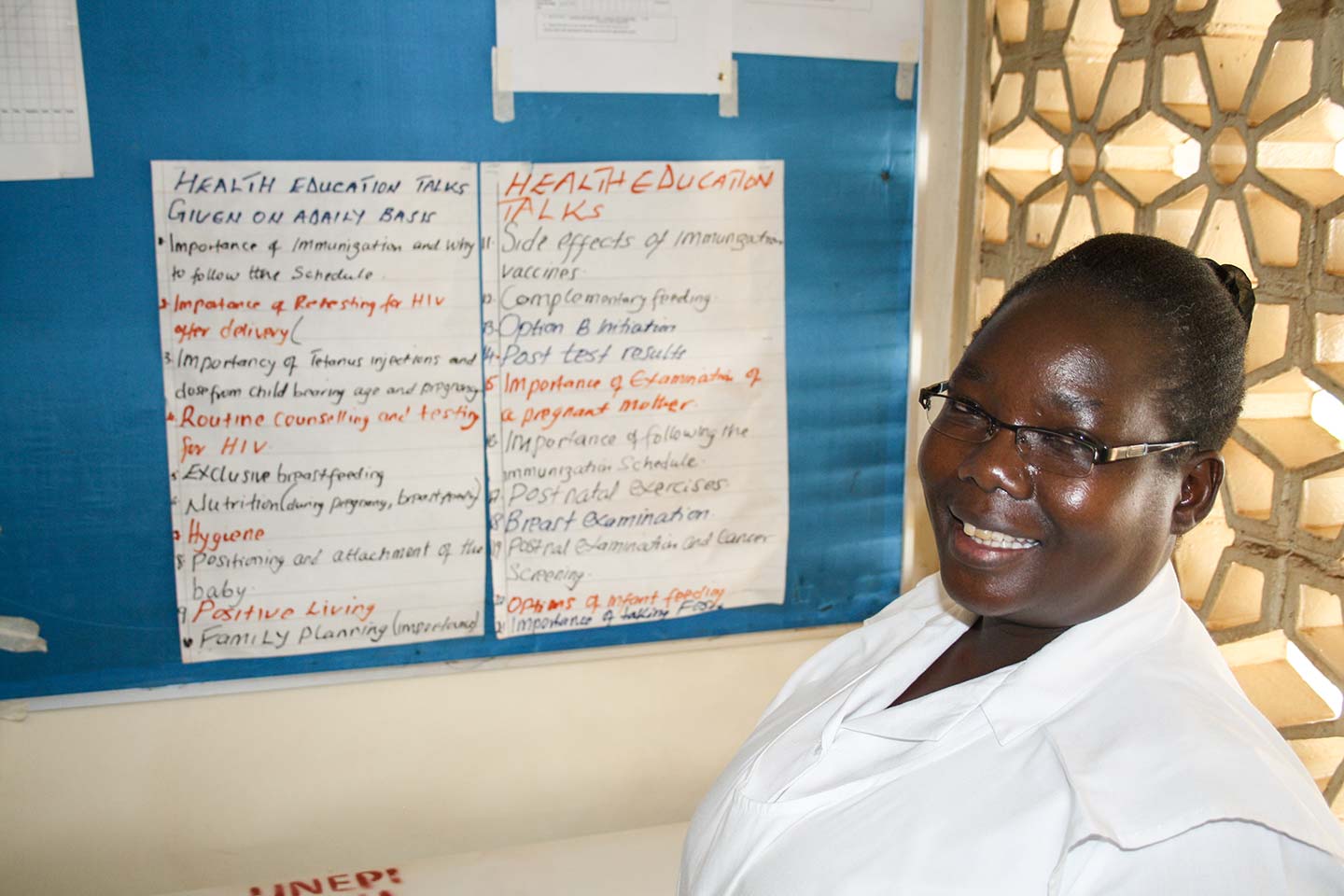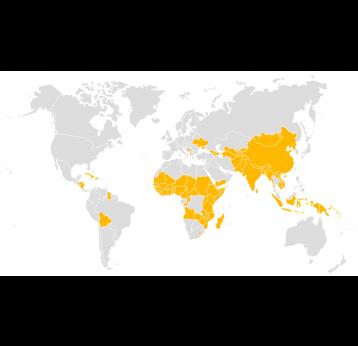The global increase in urbanisation is creating new challenges to childhood immunisation. If Gavi is to succeed in reaching every child, vaccination programmes need to adapt to urban environments and the barriers it creates. In Uganda, urban areas can often experience outbreaks of vaccine-preventable disease because inequities in access to vaccination can lead to poor immunisation coverage. There is limited evidence about the drivers of immunisation service delivery in urban settings in Uganda, and how they may differ from rural settings.
- Phase 1 of the evaluation focused on the demand side barriers of immunisation coverage in Kampala City. The main barriers to vaccination highlighted by the study included: lack of information and misconceptions on immunisation; frequent vaccine stock outs at health facilities; delays at health facilities; competing priorities of caregivers; and lack of a follow-up system for immunisation to identify and trace defaulters.
- Phase 2, therefore, aims to follow up on key findings from phase 1, evaluate the supply side drivers of immunisation coverage and assess ability of the national immunisation programme to adapt to the challenges of immunisation in an urban context. The study will also assess the effect of COVID-19 and its control measures on immunisation service delivery in Kampala city.
Documents
-
Drivers of urban immunisation in Uganda - Kampala case study (Phase 1)
Related content
Detailed information on each Gavi-eligible country. Select the country using our interactive map, or from the regional menu below.
Last updated: 2 Jul 2021




